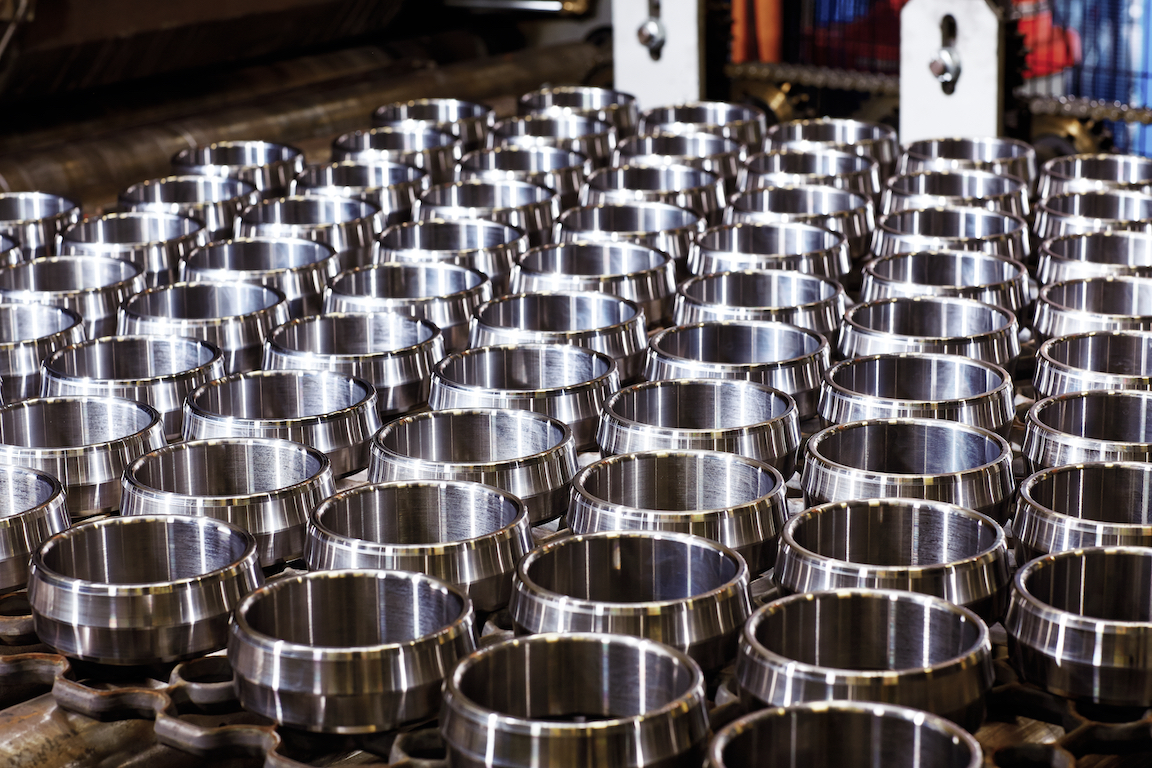
Less energy is more money
Soaring petroleum prices and a rising concern for the global environment have led companies and industries to look at energy efficiency as a means of both saving money and caring for the environment.
Saving energy and making industrial processes more efficient is nothing new for most companies and industries worldwide. But with crude oil prices of around 100 US dollars a barrel and consumers, employees and shareholders demanding that companies care about the environment and the threat of global warming, using energy more efficiently has rocketed to the top of the agenda in many board rooms.
Renewable energy sources such as wind and solar are grabbing most of the headlines these days as a way to reduce the impact of energy use on the environment. But even enthusiastic supporters of alternative energy will agree that the easiest and fastest way to cut carbon emissions and air pollution is to focus on efficiency rather than pollution-free energy generation.
For a long time companies have sought ways to use energy more efficiently, and with some success. In fact, in 2006, the US economy used 45 percent less energy to produce one dollar of GDP than it did in 1975. And individual companies such as IBM, DuPont and Texas Instruments have accomplished substantial cuts in their energy use. For example, in the past decade chemical manufacturer DuPont has boosted production nearly 30 percent while cutting energy use 7 percent – saving more than 2 billion US dollars in the process.
“Firms look for profits, and using energy more efficiently is a great way to become more profitable,” says Amory B Lovins, cofounder of the US-based Rocky Mountain Institute (RMI) and a leading advocate of and authority on energy efficiency in the past three decades. “Energy efficiency really just means you do the same job, or a better one, but with less energy, more brains and less money.” In November 2007 Lovins added the Volvo Environment Prize to an already extensive collection of awards and prizes.
But even though companies and industries have become a lot more efficient, there is still plenty that can be done. Higher energy prices mean that bigger investments become profitable quicker, and new technology is added all the time.
“In general,” says Lovins, “I would say that companies in the industrialized world can become around 50 percent more energy efficient without too much of an effort, and with new technology coming all the time the potential increases constantly.”
Lovins argues that taking a system perspective, rather than looking at individual components in an industrial process or building, promotes far greater energy efficiency. Economic theory traditionally teaches that the more resources you save, the more you must pay for the next increment of savings – what is called “diminishing returns.”
But when the design takes into account the system as a whole, this theory no longer applies. Whole-system engineering can often “tunnel through the cost barrier,” Lovins says, making very large savings cost less than small or no savings.
When building a house, for example, he explains, slightly better windows and slightly thicker insulation will cost more up front but will save energy over the life of the house. You can travel along the curve of diminishing returns to some cost-effectiveness limit where adding more insulation, costs more than the energy it saves. Whole-system design, however, continues further along the curve to investments that might not seem cost-effective at first glance but can obtain a previously overlooked benefit: downsizing or even elimin-ating the heating equipment.
Since 1999, RMI, which apart from being a think-tank also operates as a consultancy to many of the largest companies in the world, has worked with firms in 29 sectors to redesign facilities and says it typically finds energy savings of 30 to 60 percent, repaying the add-itional cost of efficient design in just a few years. When designing new facilities, savings can be as high as 90 percent and often with a lower capital cost.
New technologies and high energy prices have also turned energy efficiency into a potential gold mine for both companies that manage to improve their energy efficiency, and for those that have solutions that help achieve that result. Investing to reduce energy consumption has quickly become a standard for many companies.
“When we started talking about this in the 1990s in terms of energy efficiency versus coal energy, we were talking four [USD] cents a kilowatt-hour for coal, and four cents for energy efficiency,” R Neal Elliott, the industrial programme director at the American Council for an Energy Efficient Economy, told the New York Times. “Today we’re talking optimistically, without carbon taxes, 10 cents for coal. With carbon taxes, we may be talking 20 cents for coal – and energy efficiency is still four cents or less.”
It is because of such numbers that energy efficiency technologies have become not only popular among managers seeking top money savings and lower carbon emissions but also among the darlings of the capital markets. In July 2007 Merrill Lynch launched its Energy Efficiency Index (EEI) with a total of 40 global companies in four sectors that should benefit from improved energy efficiency. It differs a bit from many other “green” indices in that it focuses on the demand side of the energy equation rather than new technolo-gies to provide renewable sources of energy.
“While there has been a clear shift of resources and investor attention into renewable energy, energy efficiency remains an area that is relatively under-
explored,” says Merrill Lynch analyst Asari Efiong. “We believe that energy efficiency represents a significant market opportunity for investors, as policy changes look set to force a structural shift in demand.”
Merrill Lynch singled out automotive, building mater-ials, capital goods and semiconductors as the sectors that will most likely gain from an increase in efficiency.
Several traditional engineering companies are now also experiencing a boom from companies looking to cut energy use. ABB, Alfa Laval and SKF are just some examples of companies where both the bottom line and the share price have swelled as customers are trying to become less energy intensive.
Although companies are increasingly trying to be energy efficient across all their activities, not simply production, some areas seem to hold greater potential than others. Many companies with large fleets of trucks or company cars can, for example, reduce greenhouse gas emissions substantially by switching to more efficient vehicles. Wal-Mart has pledged to double the fuel efficiency of its massive 6,800-truck fleet by 2015 and in doing so expects net savings of at least 494 million US dollars per year by 2020.
In the manufacturing industry, the use of more efficient electric motors could save a lot of energy and money. Estimates say that up to three-fifths of all the electricity used in industry is consumed by motors; pumps and fans are responsible for half of this. In the US, a textile plant in Louisiana invested 130,000 US dollars in more efficient cooling fans and managed to cut its electricity bill by 100,000 US dollars per year, achieving payback in only 1.3 years.
So in the end it all comes down to economic common sense. Save the planet while making a buck. “Using energy more efficiently offers an economic bonanza,” says RMI’s Lovins, “not because of the benefits of stopping global warming but because saving fossil fuel is a lot cheaper than buying it.”






